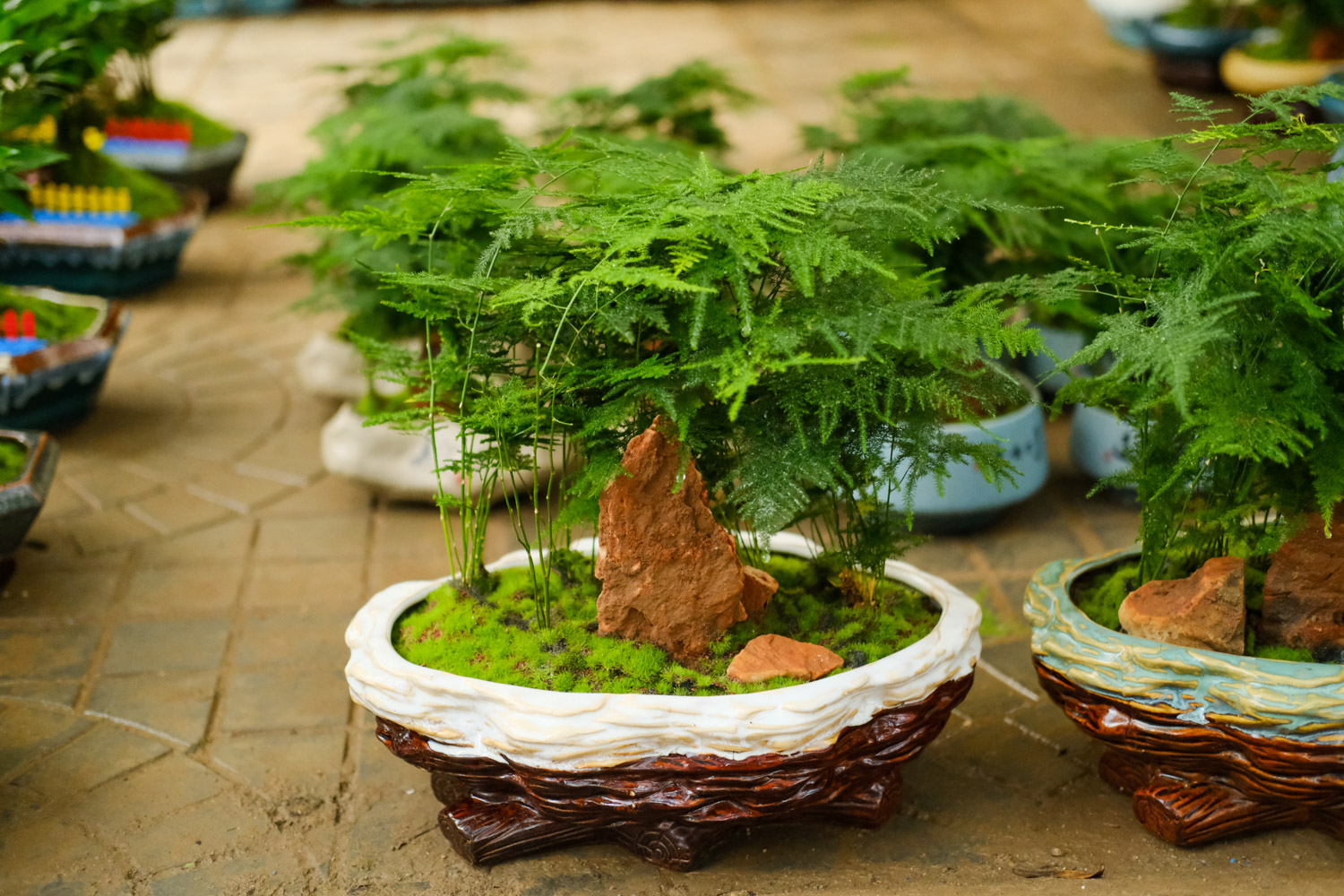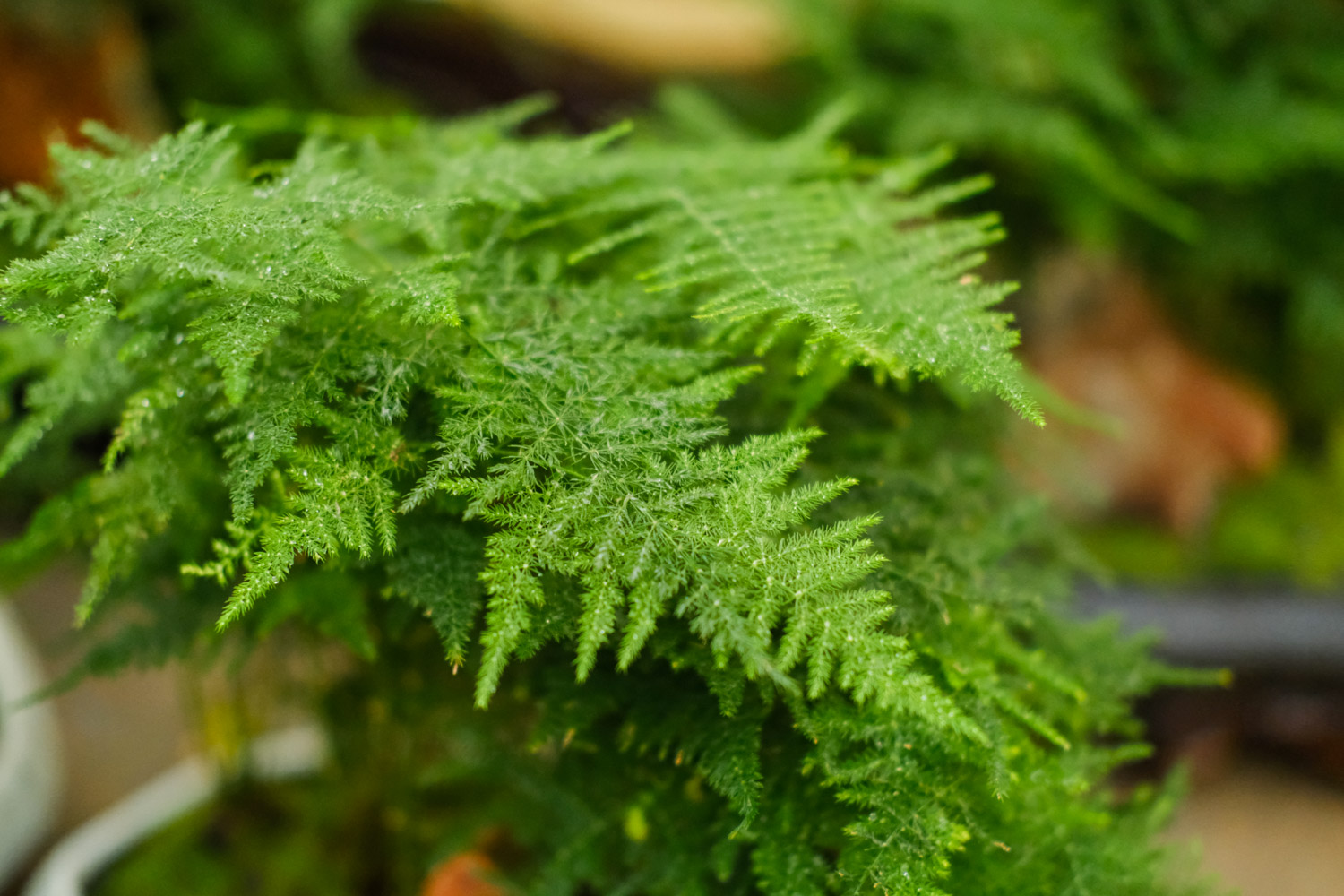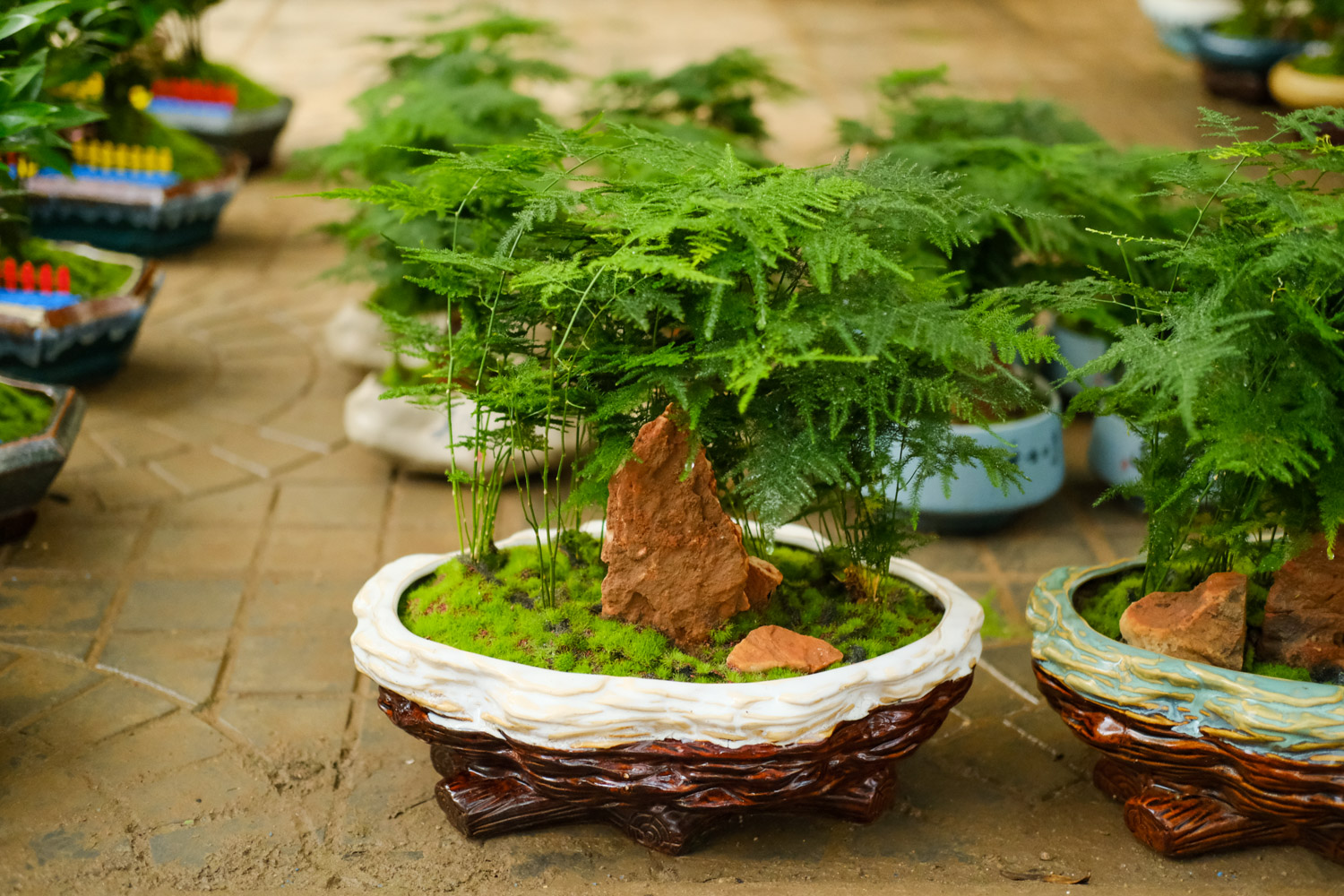1. Replace flower soil
If you haven't changed the soil for asparagus for a long time, you can change the soil for it after autumn. The new flower soil requires high nutrient content, good drainage capacity and air permeability. It can be prepared with humus soil, sandy soil and a small amount of base fertilizer
The method of changing pots is very simple. First take out the plants from the old pots, cut off the blackened and rotten roots, and treat the bottom with disinfectant. Then prepare a new flower pot, lay a layer of small stones at the bottom, put the flower soil in it, put the plants in it, and compact the soil surface. Then put it in the semi shade and water it on time to keep the flower soil slightly wet. After it adapts to the new soil, it can be maintained normally

2. Proper watering
It is watered frequently in summer. It usually needs to be watered every 3-4 days to provide it with enough water. However, after autumn, its demand for water is reduced, so the frequency of watering it also needs to be reduced, otherwise it is easy to lead to rotten roots. Specifically, water can be poured every 10 days. Before pouring, check the condition of the soil surface. When you see that it is dry and white, pour it again. If it is still wet, don't pour it first

3. Proper fertilization
After autumn, the temperature decreases and its growth rate will increase. Therefore, diluted nitrogen fertilizer needs to be applied to it every half a month to provide the nutrients it needs for growth


 how many times do yo...
how many times do yo... how many planted tre...
how many planted tre... how many pine trees ...
how many pine trees ... how many pecan trees...
how many pecan trees... how many plants comp...
how many plants comp... how many plants can ...
how many plants can ... how many plants and ...
how many plants and ... how many pepper plan...
how many pepper plan...





























